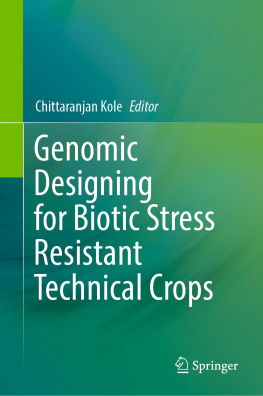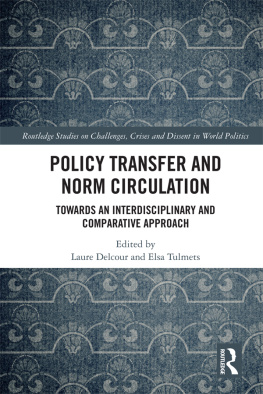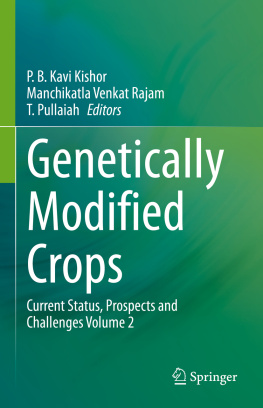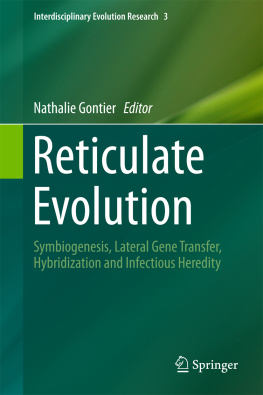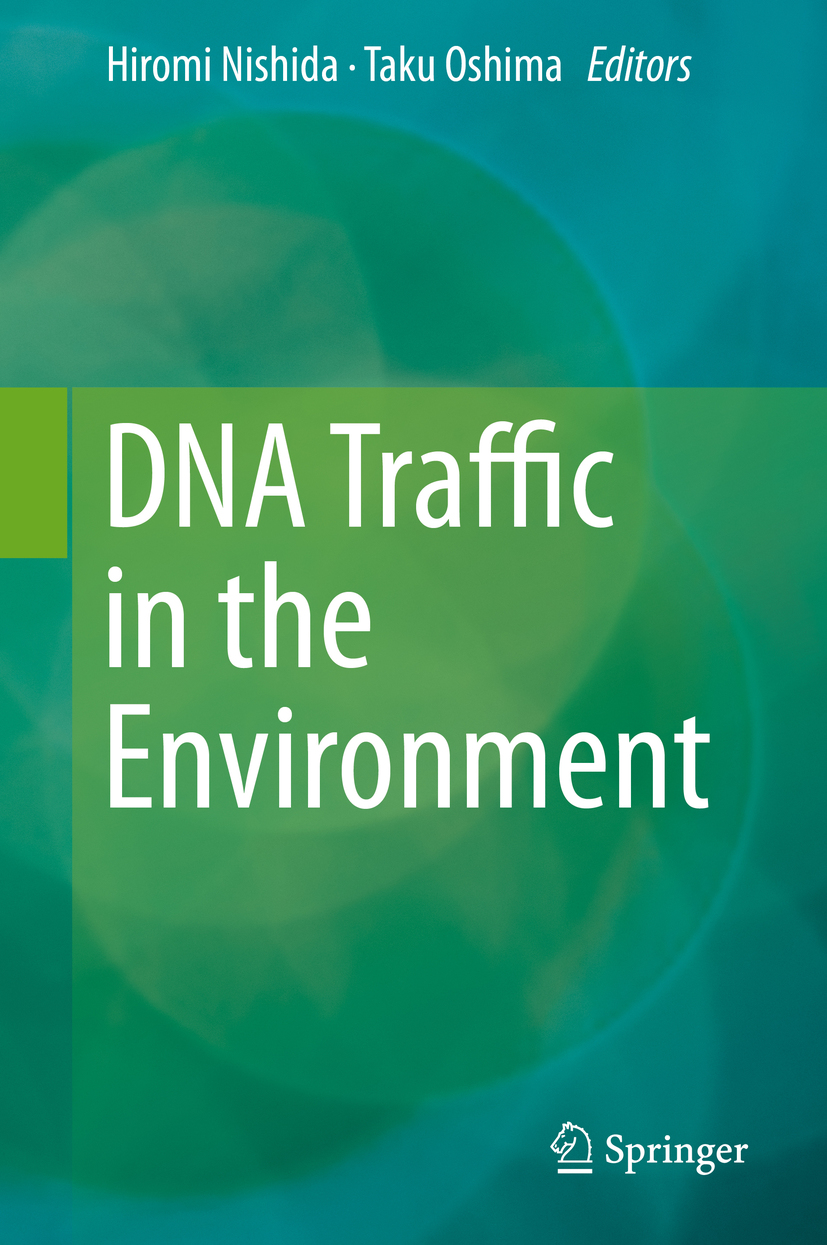Editors
Hiromi Nishida
Biotechnology Research Center & Department of Biotechnology, Toyama Prefectural University, Toyama, Japan
Taku Oshima
Biotechnology Research Center & Department of Biotechnology, Toyama Prefectural University, Toyama, Japan
ISBN 978-981-13-3410-8 e-ISBN 978-981-13-3411-5
https://doi.org/10.1007/978-981-13-3411-5
Library of Congress Control Number: 2019932127
Springer Nature Singapore Pte Ltd. 2019
This work is subject to copyright. All rights are reserved by the Publisher, whether the whole or part of the material is concerned, specifically the rights of translation, reprinting, reuse of illustrations, recitation, broadcasting, reproduction on microfilms or in any other physical way, and transmission or information storage and retrieval, electronic adaptation, computer software, or by similar or dissimilar methodology now known or hereafter developed.
The use of general descriptive names, registered names, trademarks, service marks, etc. in this publication does not imply, even in the absence of a specific statement, that such names are exempt from the relevant protective laws and regulations and therefore free for general use.
The publisher, the authors, and the editors are safe to assume that the advice and information in this book are believed to be true and accurate at the date of publication. Neither the publisher nor the authors or the editors give a warranty, express or implied, with respect to the material contained herein or for any errors or omissions that may have been made. The publisher remains neutral with regard to jurisdictional claims in published maps and institutional affiliations.
This Springer imprint is published by the registered company Springer Nature Singapore Pte Ltd.
The registered company address is: 152 Beach Road, #21-01/04 Gateway East, Singapore 189721, Singapore
Preface
Recent advances in microbial genomics technologies, environmental genomics, molecular microbiology, and information and theoretical sciences have made it possible to show that horizontal transfer of genetic elements has been occurring during the evolution of archaea and bacteria and is ongoing in the environment, which could be a major driving force for the evolution of these prokaryotes. Evidence suggests that they are acquiring abilities to carry out new actions through horizontal transfer of genetic elements, which may have both good and bad outcomes for human beings: for instance, bioremediation on the one hand and antibiotic resistance on the other. Thus, we believe that the horizontal transfer of genetic elements will continue to be an important topic for agricultural, medical, microbial, and other sciences.
This book consists of ten chapters written by experts in the field, covering the recent progress of studies into multiple aspects of DNA traffic in the environment: DNA carriers (phages, plasmids, transposons, and vector particles, in Chaps. ). The chapters show how these organisms have used DNA resources in the environment and affected the environment itself.
We express our deep appreciation to all authors for providing their cooperation and contributions for the publication of this book.
Hiromi Nishida
Taku Oshima
Toyama, Japan Toyama, Japan
Contents
Chiho Suzuki-Minakuchi and William Wiley Navarre
Hugo Maruyama , Nicholas A. Kent , Hiromi Nishida and Taku Oshima
Toshihiro Ito , Masatoshi Okura and Fumito Maruyama
Masatoshi Miyakoshi
Takashi Yoshida , Daichi Morimoto and Shigeko Kimura
Masaki Shintani and Haruo Suzuki
Hiroshi X. Chiura
Masahiro Kusumoto and Tetsuya Hayashi
Yuji Nagata , Hiromi Kato , Yoshiyuki Ohtsubo and Masataka Tsuda
Steven P. Hooton , Andrew D. Millard , Michelle Baker , Dov J. Stekel and Jon L. Hobman



